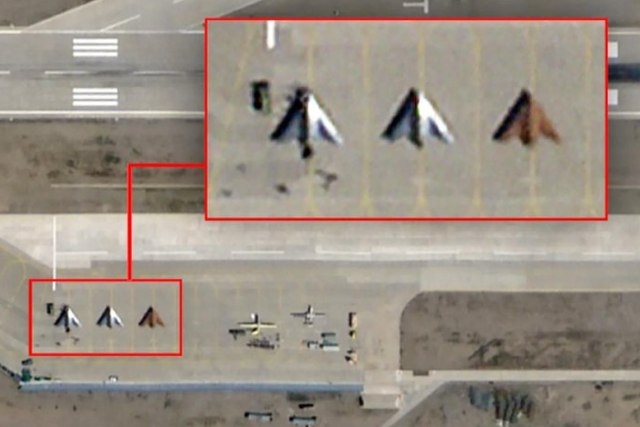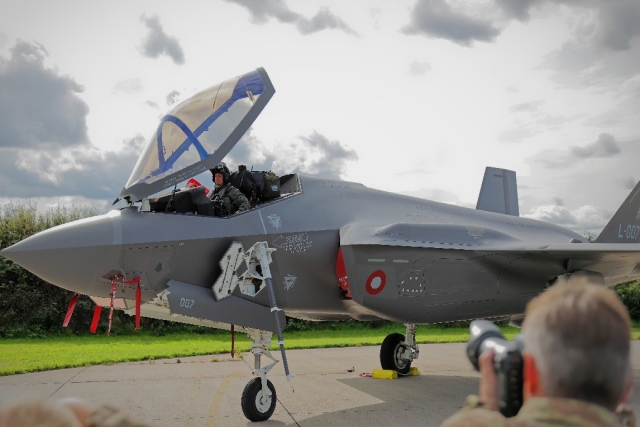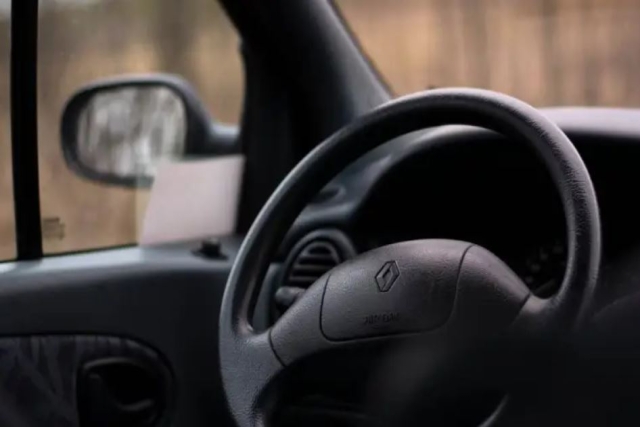Northrop Exhibits at IDEX Defense Show
Northrop Grumman Corporation will highlight a wide range of defence and security infrastructure system solutions, including airborne early warning and control systems, unmanned aerial vehicles, fire control radars and electronic warfare systems at the International Defence Exhibition & Conference (IDEX) in Abu Dhabi, United Arab Emirates (UAE). IDEX is the largest defence and security event in the Middle East and North African region and in 2011 celebrates its 10th anniversary. Held at the Abu Dhabi National Exhibition Centre (ADNEC), IDEX 2011 takes place from 20-24 Feb. Northrop Grumman's exhibit in the U.S. pavilion will be at Stand 03-B12 and CS-1. "Northrop Grumman's strong relationship with the Gulf Cooperation Council [GCC] countries goes back many decades and is built on a legacy of trust and performance," said Paul B. Kalafos, Jr., vice president surveillance systems, Northrop Grumman's Electronic Systems sector. "Our objective is to continue to work closely with our customers to provide long-term capability solutions and help enhance defence and national security across the region." The exhibit will showcase Northrop Grumman's world-leading capabilities in airborne early warning and control. Featured will be the E-2D Advanced Hawkeye and the Multi-role Electronically Scanned Array (MESA) radar. The E-2D Advanced Hawkeye programme couples a newly designed electronically scanned radar with a matching suite of sensors, avionics, processors, software and displays to provide the most technologically advanced command and control capability available worldwide. The AN/APY-9 radar, with a two-generation leap in capability, is the backbone of this aircraft and provides greater flexibility and significantly improved detection and tracking over all terrains. The first E-2D to enter the U.S. Navy fleet was delivered in July 2010 and aircrew training is currently underway. The programme is on track for Initial Operational Test and Evaluation in 2013 and Initial Operational Capability in the fleet in 2015.









